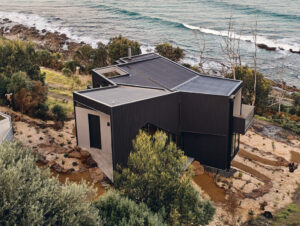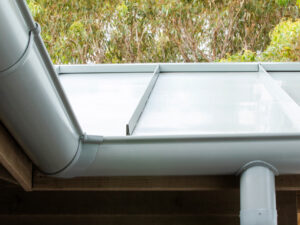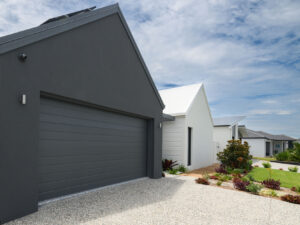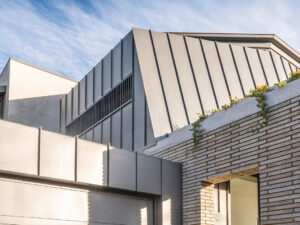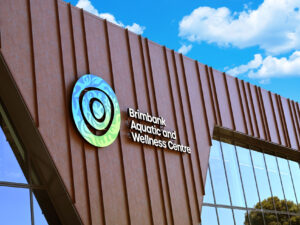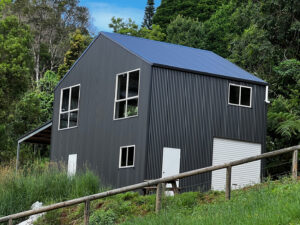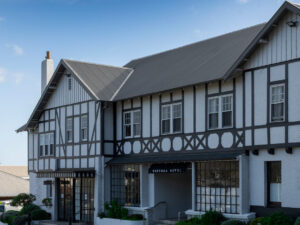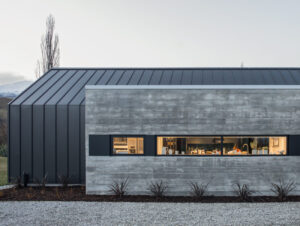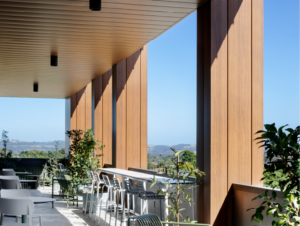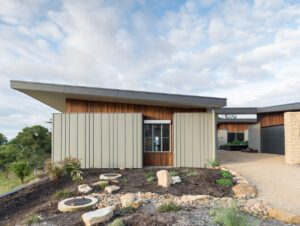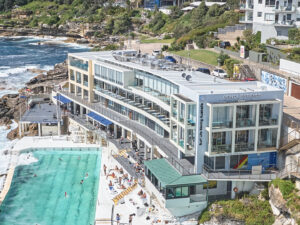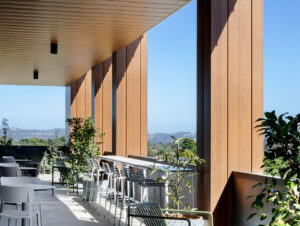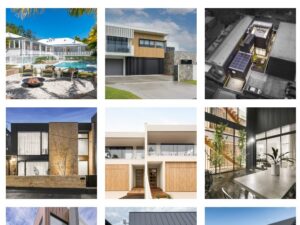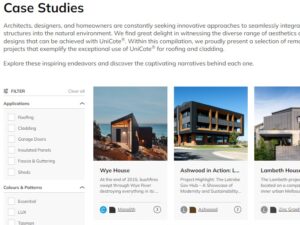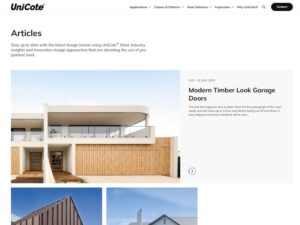A Bushfire Attack Level (BAL) is a means of measuring the severity of a building’s potential exposure to ember attack, radiant heat, and direct flame contact. It’s measured in increments of radiant heat (expressed in kilowatts/m2).
A BAL is the basis for establishing the requirements for construction (under the Australian Standard AS 3959-2009 Construction of Buildings in Bushfire Prone Areas), to improve protection of building elements from bushfire attack.
BAL categories are as follows: –
- BAL Low: There is insufficient risk to warrant specific construction requirements
- BAL 12.5: Ember attack. (BAL 12.5 Construction Requirements)
- BAL 19: Increasing levels of ember attack and burning debris ignited by windborne embers, together with increasing heat flux. (BAL 19 Construction Requirements)
- BAL 29: Increasing levels of ember attack and burning debris ignited by windborne embers, together with increasing heat flux. (BAL 29 Construction Requirements)
- BAL 40: Increasing levels of ember attack and burning debris ignited by windborne embers, together with increasing heat flux and with the increased likelihood of exposure to flames. (BAL 40 Construction Requirements)
- BAL FZ: Direct exposure to flames from fire, in addition to heat flux and ember attack. (BAL FZ Construction Requirements).
Where a building is greater than 100m from any classified vegetation, the BAL rating will more than likely be BAL–LOW and will not require any special construction requirements.
To meet the BAL FZ requirements, products must be made of non-combustible materials.
Roofing, walling, gutters and downpipes made from UniCote® Select, UniCote® Coastal, UniCote® LUX or UniZinc® steel products may be used as part of a compliant system in bushfire prone areas, including in the most extreme, BAL-FZ (Bushfire Attack Level – Flame Zone) as defined in AS 3959:2018.
These products may be used wherever a non-combustible material is required and are not deemed combustible according to AS1530.1 and AS1530.3.
—
Garth Weston
Technical Manager, Selection Steel
